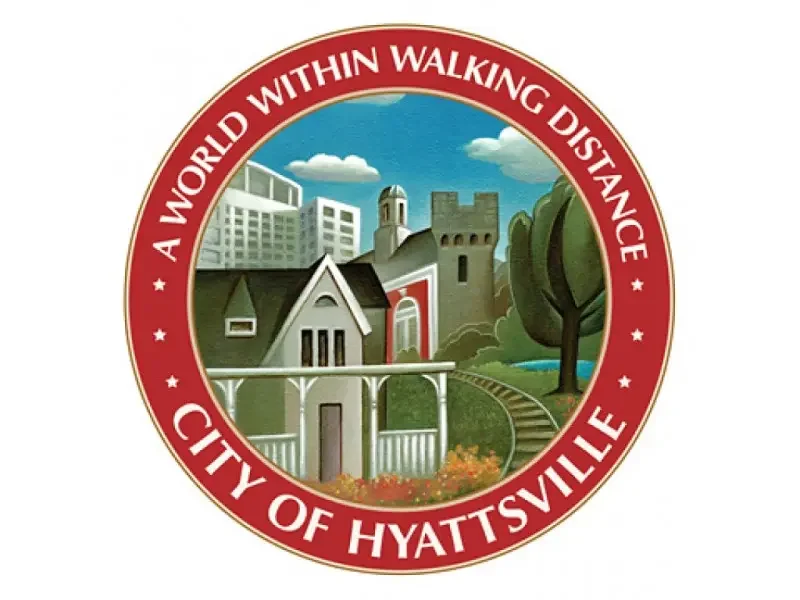Using Technology to Streamline Overgrown Weeds Violations
Tall grass. Overgrown vegetation. Noxious weeds. Whatever your municipality calls it, overgrown weeds are one of the most common violations that code enforcement officers deal with. While each municipality has its own regulations concerning height or what constitutes weeds in the first place, the vast majority of code enforcement officers around the country deal with weed abatement, especially in the warmer months. When cases start to stack up, it can be difficult to keep up with them, but through the use of technology, officers can streamline case management to mow down the problem.
The Dangers of Overgrown Weeds
The end goal of code enforcement is to keep communities clean and safe. To that extent, a large area of focus for many officers is on maintaining building and property standards. While noxious weeds are certainly an eyesore and nuisance to those that live around them, they also pose health and safety concerns.
Tall grass can attract pests such as mice, insects and even snakes. In addition to vermin, overgrown weeds can also conceal trash and debris. Overgrown weeds can also present a safety hazard to pedestrians and motorists by blocking sightlines and making it hard to see any oncoming traffic or pedestrians. In drought-prone communities, overgrown weeds also have the potential to dry out, creating a fire hazard for the entire neighborhood.
Overgrown Weeds Abatement
In many communities, a majority of overgrown weed cases come in from neighbors who submit complaints, but if an agency practices proactive code enforcement, it’s not uncommon for officers to log cases while on the beat – after all, overgrown weeds are one of the easiest violations to identify at a distance!
When a potential overgrown weeds violation is reported, code enforcement officers initiate a systematic process to address the issue. Each step in the process requires specific documentation, usually with photographic evidence, in order to ensure the officer follows standard operating procedures and the violator is given fair treatment and opportunity to remediate the situation. Officers are usually required to provide photographic evidence of the violation, and sometimes to provide photographic evidence that a notice has been left.
Often overgrown weeds violations go hand-in-hand with vacant properties, which makes voluntary compliance more difficult. For more on tackling issues concerning vacant properties, see the post “Prevent Blight with a Vacant Property Registry Ordinance (VPRO).”
Expedite Weeds Compliance with Technology
For those officers that deal with an abundance of overgrown weeds violations, investing in technology can help streamline the process in several ways. With a software solution like Comcate’s Code Enforcement Manager, officers can:
Digitally take submissions from citizens, making it easy to capture relevant data such as location. Citizens can also attach photos to their submissions.
Create a case in the field in as little as 90 seconds, thanks to features like pre-uploaded violations and tap-to-select location. With cloud-based software, officers can open a case, conduct an investigation, and even send out notices of violation, all without ever returning to the office.
Upload and attach images directly to open cases in the system. No more printing digital photos and attaching them to physical files.
Pull up violation history by parcel/location to ensure no duplication of efforts, as well as assess any previous level of warning/notification left by other officers.
Schedule follow-up inspections to ensure voluntary compliance is being met.
Initiate and track forced abatement activities, including property liens, work orders, court hearings and more.
Generate notices to be added to a printing queue back at the office. With the addition of technology like mobile printers, officers can even print notices of violations while in the field.
Real-Life Success: Tackling Weeds and Blight in Sedalia, MO
Over the past decade or so, Sedalia, Missouri noticed an uptick in weeds and tall grass in the older parts of the community. An influx of new people to town coupled with a housing deficit meant many newcomers were turning to older neighborhoods to find housing – prompting the city’s code enforcement department to put priority on ensuring the old neighborhoods were in good condition.
Before turning to Comcate, the city’s officers were using notebooks in the field, then entering cases in the computer upon returning to the office. “We used spreadsheets to try and keep track of everything but that became unmanageable,” said John Simmons, Community Development Director for Sedalia. “It was a very frustrating system. You had to stay on top of your cases and follow paper trails.” Read Sedalia’s story.
Modern Code Enforcement Technology
Comcate has been in the code enforcement industry for more than 20+ years. During that time, we’ve seen the struggles that code enforcement professionals face – which is why we developed affordable, flexible software designed specifically for code enforcement.
Interested in learning more about Comcate and our software? Fill out the form below to schedule some time with one of our consultants!
Schedule a Meeting with Comcate Today!
Learn how Comcate can help make government delivery simple, and offer a modern digital experience to help you increase transparency, efficiency, and performance across your departments. If you have any questions about implementing our software, please fill out the form below or call us directly at (415) 632-1248.
RECENT BLOG POSTS




